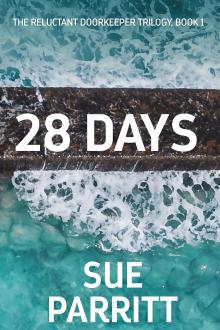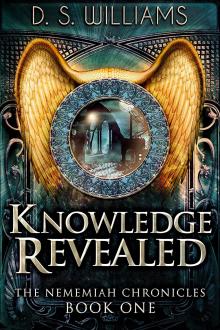Kobo eReader Review
Design - Weight and Dimensions
Dimensions: 4.5 in x 6.5 in x 0.4 in
Weight: 7.8 ounces
Color: Available in white
The Kobo reader is a sleek device that comes packaged in a stylish white plastic casing. Inside that casing is a compact, and very light, eReader device. The Kobo is slightly smaller than competing eReaders from companies like Amazon and Barnes & Noble, but this also allows the company to offer better battery life than many of its competitors and offer consumers a lower price point. All of this doesn't detract from the device's aesthetic appeal and ease of use, however, and that's a victory for the entry-level eReader user.
Display - Resolution and Reflectiveness
Display Type: 6 inch monochrome eInk display
Resolution: 800 x 600
Color Depth: 4-bit monochrome with 16 levels of gray
The Kobo is a traditional eReader, shipping with a 6 inch monochrome display. The average display on an eReader currently stands between 6 and 7 inches, so users will find this to be a pretty typical offering between the Kobo and each of its competitors. The company has chosen to use the eInk display technology, which mimics the readability and appearance of a typical printed page found in an actual book. This makes the display far easier to read and use for long periods of time, unlike traditional computer displays which flicker and can cause headaches and skipped words or lines.
User-friendliness and Interface - Touchscreen vs Keyboard
Because the Kobo aims to compete directly with Amazon's Kindle devices on the grounds of features and usability, the company opted for a physical keyboard at the bottom of the device. This is further complimented by a large, gray navigational tool that can be used to scroll or page up, down, left, or right. The buttons are easy to press and there was really no difficulty in using the keyboard, and its navigational controls, in combination with the Kobo eReader's on-screen features and prompts.
Memory - Internal and External Storage
Flash Memory: 1GB internal memory
Flash Cards: Expandable to 32GB using SD flash media
The Kobo eReader aims to be a lower-cost alternative to expensive devices like the Amazon Kindle and the Barnes & Noble Nook line of products. For this reason, the company has elected to include just 1 gigabyte of internal storage with the device upon purchase. However, as is increasingly common among budget eReaders, the Kobo can be expanded using SD cards. These removable flash memory cards come in sizes that range from 1GB to an additional 32GB of storage for users who plan to use the device intensively. An SD card will cost extra money, but will greatly extend the device's usable life.
Formats - Doc, PDF, ePub and Third-party DRMs
Supported Text Formats: EPUB, PDF
Supported Image Formats: Does not support displaying images
Here's one area where the Kobo makes huge sacrifices in the name of lower cost: the device simply does not display images on its eInk screen, and its textual file format support is bare bones. The Kobo eReader supports Adobe's popular PDF format, which gives it access to many independently-published books and bookstores, and it supports the EPUB format for access to its own store and several others which publish in EPUB. But it does not support the popular TXT and DOC formats that users often publish in, nor does it support HTML or MOBI files. In an increasingly self-published and web-based world, this is a significant liability for the Kobo.
Web-browsing and Applications
The Kobo eReader comes with WiFi support for both the 802.11b and 802.11g wireless standards, and that's a good thing. The device practically relies on third-party eBook stores to function, and users will be glad they can at least use those stores without being connected to their desktop or laptop computer via USB. Its applications are largely centered around books, as it doesn't support image viewing or audio playback and does not freely browse the wider web using a built-in web browser. This is a bare-bones device, and it shows.
Battery-Life
The Kobo eReader was designed to compete with Amazon's Kindle and, while it fails in many regards, it does put up a fight in the area of battery life. The Kobo can be expected to last between 6,000 and 7,500 page turns. That equates to several days of reading.
Pricing
The Kobo is available from third-party electronics retailers for $99.99, which makes it among the lowest-priced eReaders on the market.
Additional Features and Accessories
Partially because it was designed to be a low-cost entry-level model, the Kobo doesn't really ship with any extra features or accessories that would make it palatable to the non-novice eReader user. The device was designed for displaying lines of text to its users, and that's what it does.
The Bottom Line
If you're new to eReaders and simply want a device that allows you to read electronically, the Kobo eReader is your device. It has no extra bells and whistles, it's easy to use, it's affordable, and it will get the job done well. For extra features, however users will want to look elsewhere. The Kobo was simply not designed to be a jack of all trades.





